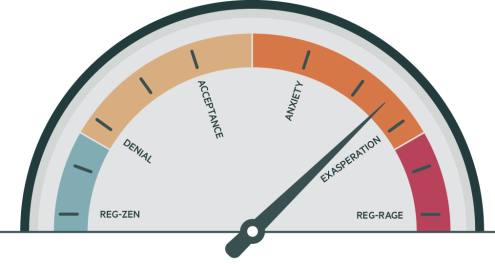In its first consultation on total loss-absorbing capacity (TLAC) to ease the resolution of the world’s largest cross-border banks, the Financial Stability Board (FSB) included the concept of pre-positioning. This means 75% to 90% of the resources needed to recapitalise the local subsidiaries of a global parent – known as material subsidiaries of the resolution entity – would be held in the local jurisdictions. Speaking at the Financial Times/Banker banking summit in November 2014, Credit Suisse investment banking co-head Gael de Boissard depicted this as a significant departure from the previous efforts, especially in the Basel Committee on Banking Supervision, to develop genuinely global standards.
“TLAC is the first time under the [capital] framework that we have a fundamentally national concept. That’s new, and in a way we have accepted the reality that we have seen through the development of the resolution and recovery planning process of a fundamentally domestic-based thinking,” said Mr de Boissard.







